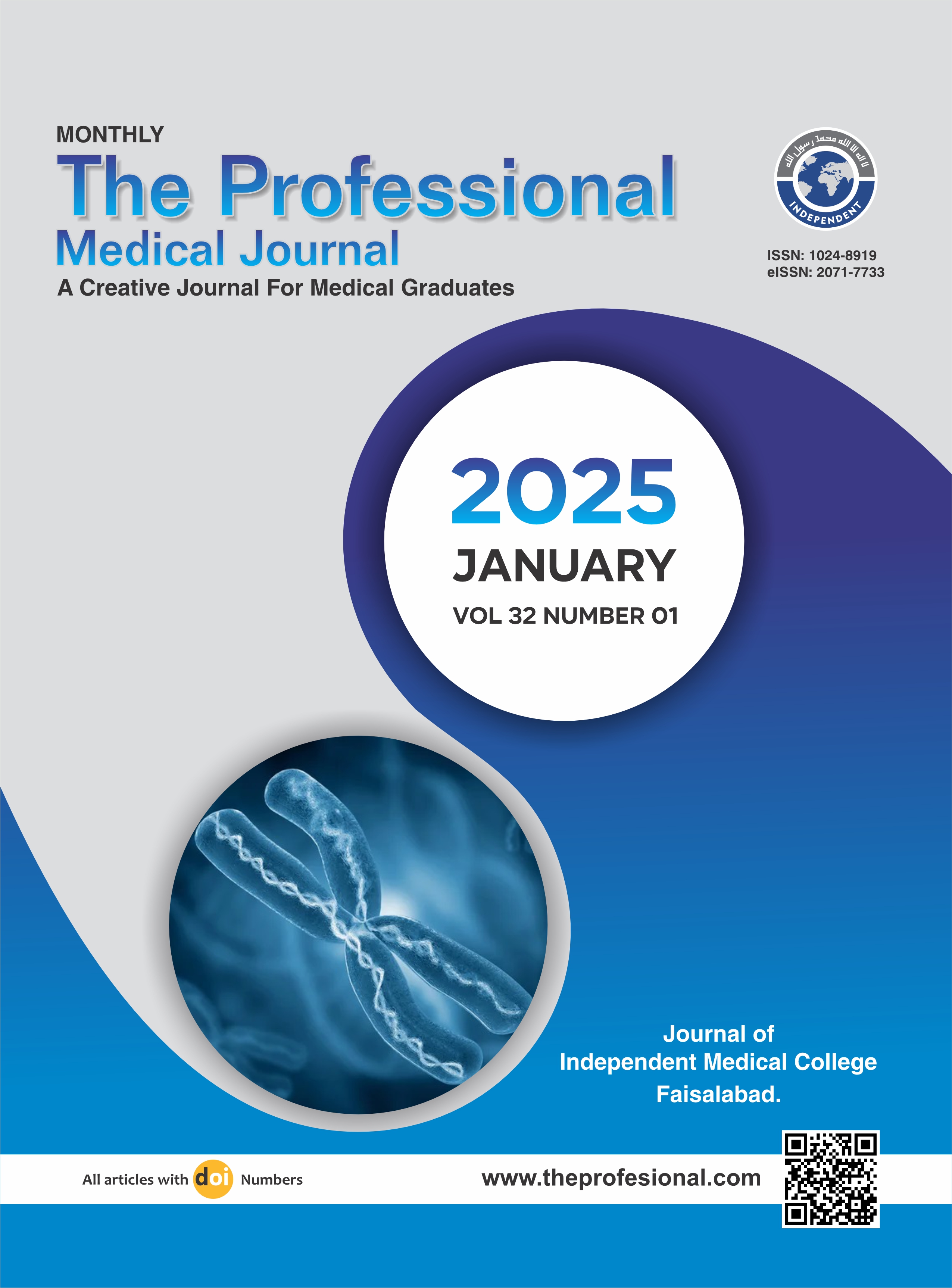A comparative study of efficacy and safety of combination of Indacaterol and Tiotropium versus Conventional Combination Formoterol Budesonide & Tiotropium in moderate to severe COPD.
DOI:
https://doi.org/10.29309/TPMJ/2025.32.01.8354Keywords:
COPD, Comparison, Efficacy, Indacaterol, TiotropiumAbstract
Objective: To compare the efficacy and safety of indacaterol with tiotropium versus conventional formoterol/budesonide with tiotropium combination in patients with moderate to severe chronic obstructive pulmonary disease. Study Design: Randomized Controlled Trial. Setting: Department of Pulmonology, PIMS Hospital, Islamabad. Period: January to August 2019. Methods: This study has recruited 88 patients between the ages of 40 – 70 years with complaints of moderate to severe degrees of COPD. The population was randomized and divided into two groups. Group A patients were instructed to use indacaterol 150mcg and tiotropium 18mcg DPI once a day and Group B patients were instructed to use formoterol/budesonide (12/400) DPI twice daily along with tiotropium 18mcg DPI once daily. Patients were followed up for improvement in FEV 1 with spirometry at 4 weeks and 8 weeks. The efficacy of both treatments was ascertained by estimating percentage improvement in FEV1 from baseline at 4 and 8 weeks and compared in both groups. Results: In total, there were 88 participants divided into two equal groups. At 4 weeks after the initiation of therapy, the mean FEV1 in group A was 1.98 L ± 0.52 SD and it was 1.89 L ± 0.53 SD in group B (p=0.429). At 8 weeks after the initiation of therapy, the mean FEV1 in group A was 2.01 L ± 0.53 SD and it was 1.91 L ± 0.52 SD in group B (p=0.419). Among the age group 40- 55 years, at 4 weeks, the percentage improvement in FEV 1 from baseline was 16.65% ± 7.62 SD in group A and it was 6.04% ± 3.57 SD in group B (P=0.001). At 8 weeks, the percentage improvement in FEV 1 from baseline was 18.12% ± 7.56 SD in group A and it was 7.56% ± 3.47 SD in group B (P=0.001). Among the age group 56-70 years, at 4 weeks, the percentage improvement in FEV 1 from baseline was 15.56% ± 7.19 SD in group A and it was 7.25% ± 3.08 SD in group B (P=0.001). At 8 weeks, the percentage improvement in FEV 1 from baseline was 17.21% 7.13 SD in group A and it was 8.78% ± 3.17 SD in group B (P=0.001). Conclusion: The results indicate that the fixed dosage of indacaterol and tiotropium has provided a better prognosis in increasing FEV1 and improving lung function.
Downloads
Published
Issue
Section
License
Copyright (c) 2024 The Professional Medical Journal

This work is licensed under a Creative Commons Attribution-NonCommercial 4.0 International License.


